Marketing a new idea or special event can be challenging no matter where you live, but in rural communities, competing for media attention and finding your audience can feel especially daunting—especially when all you see outside your window is grass and sky.
While urban and rural marketing share many similarities, rural areas offer unique opportunities for success. In tight-knit communities, word-of-mouth and trust often hold more influence than traditional marketing strategies.
Although everyone loves a compelling story and well-crafted marketing plan, these community-driven factors can significantly enhance your efforts, even when your audience is more spread out geographically.
Don’t Be Afraid to Think Big!
People who live in rural areas may be more likely to feel as though opportunities are not available to them because “our town is too small for anything that big to happen here.”
We have found that is just not true. As Wayne Gretzky said, “You miss 100% of the shots you don’t take.” People may be willing to offer their support, if you take the initiative to ask.
We have found that you can dream up and complete wildly audacious projects – even if you live in a rural area!
Our Example:
In late 2022, we had an idea to bring international recycled artist Thomas Dambo’s larger-than-life trolls to Detroit Lakes, Minnesota, a town of about 10,000 people.
It started with a simple email inquiry. From there the conversation progressed to more emails and Zoom meetings until a contract was signed.
As of spring 2024, our small town became the home of the world’s largest exhibition of Thomas Dambo’s trolls.
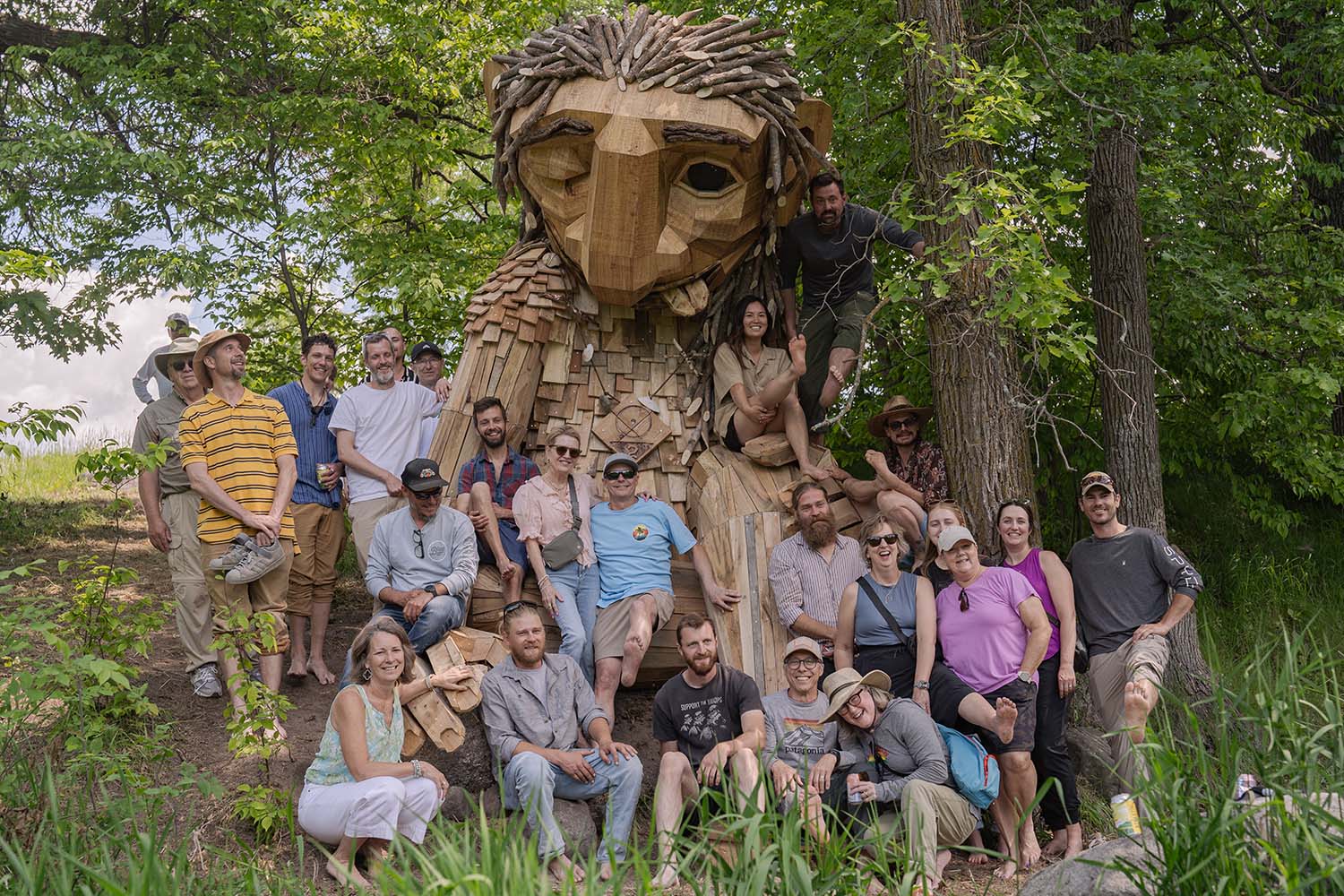
Know Your Audience
Every rural community is different, which means there is no one-size-fits-all solution. We have learned that success in connecting comes down to understanding and speaking to the community’s unique qualities and the roles people play within that community.
You can’t create a successful strategy without knowing what matters to people, so taking time to listen and learning what is important to your audience is critical. Engaging in real conversations, attending local events, and seeking out key community contacts can provide insight. These firsthand interactions will be your guide to reaching people in a way that resonates.
Our Example:
Thomas Dambo’s trolls are very popular around the world. We knew we had a responsibility to prepare local businesses and the general community for the influx of tourists. We didn’t want to assume they would hear about it through traditional media, or even social media, so we chose to take a grassroots approach.
In 2024, April 12 became “412 Day.” Our team canvassed the town bringing flyers (and treats) to as many businesses as possible. We also worked with our local radio station and newspaper to help get the word out.
In doing so, we gained real-life data from our business community and learned that physical outreach can be a very effective complement to our marketing strategy.
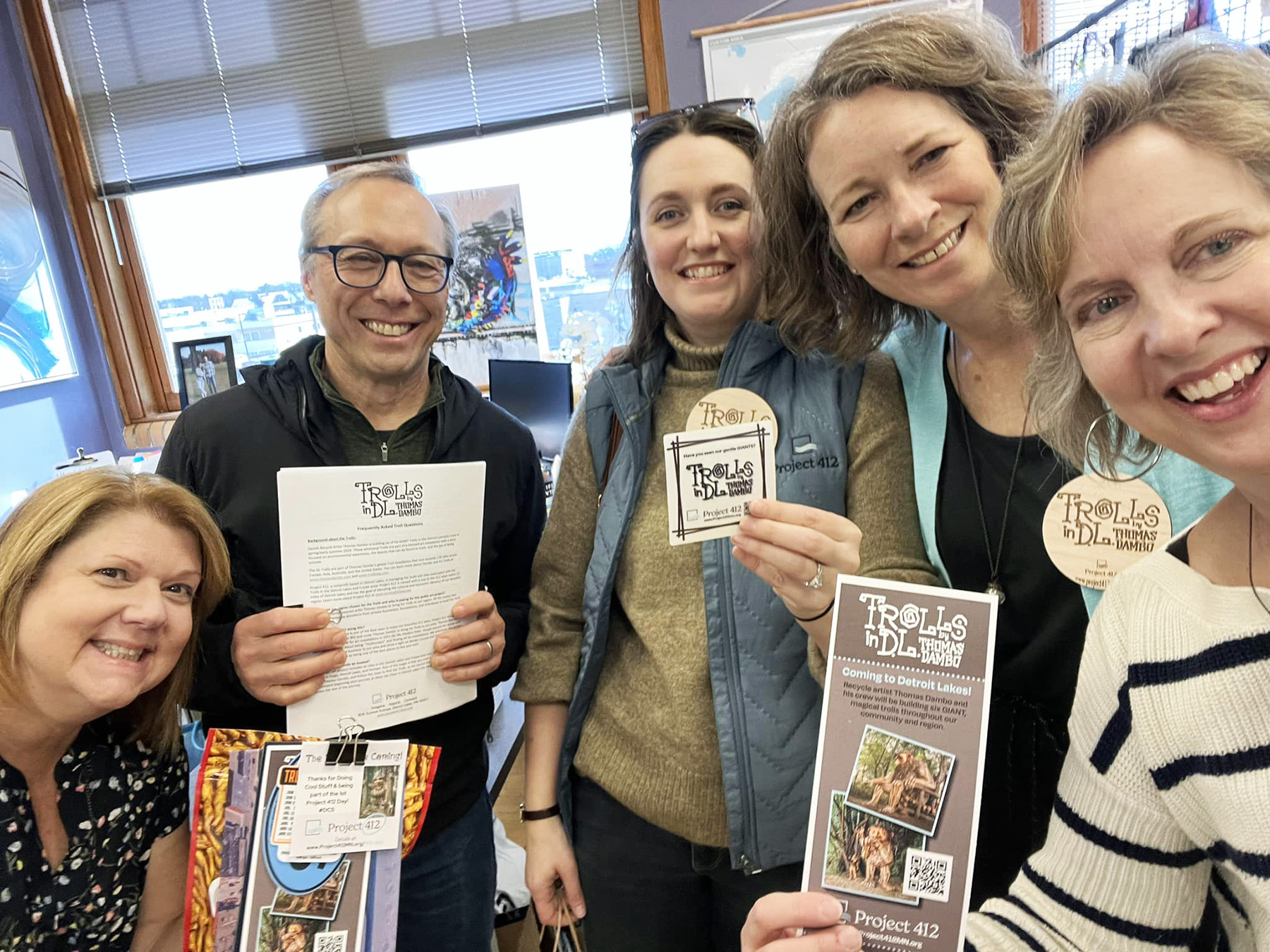
Find Your People
To reach rural audiences you need people on the ground who are part of the community and understand its pulse. Finding the right local ambassadors can make a world of difference! These individuals can be your biggest advocates by spreading your message and helping you grow in ways you couldn’t on your own.
Our Example:
We needed to fill 472 volunteer time slots to build our larger-than-life troll exhibit in Detroit Lakes. 472 people is 5% of our population! After panicking a bit and questioning the craziness of this giant project, we accepted the challenge and decided we could do it! We pulled our core team together and brainstormed all the ways we could get the word out about the need for volunteers.
People stepped up to volunteer for a variety of reasons:
- Some knew of Thomas Dambo, followed his work, and wanted to be involved
- Some supported our Project 412 organization and have been willing to help with almost everything we do
- Some responded to our pitch that the volunteer opportunity would be unique, fun, totally different, and a once-in-a-lifetime opportunity
- Some people were simply curious to see if we could do this giant project and offered to help because of that.
To our happy surprise, we filled those time slots…and then some!
Our volunteers were fantastic. Many had so much fun that they signed up for multiple time slots. They called and invited their friends to get involved. The environment around the project was extremely positive and creative. People felt the good energy and just wanted to be part of it.
We thanked the volunteers every chance we could – at all our community presentations, via social media shoutouts, in person at the training, and during the build. We also hosted a large volunteer potluck event to thank them and to give them a chance to meet the artists, and connect with fellow volunteers again.
The great benefit of all this is that the volunteers felt true ownership of the project and continue today to be supporters of the trolls and other projects we are doing.

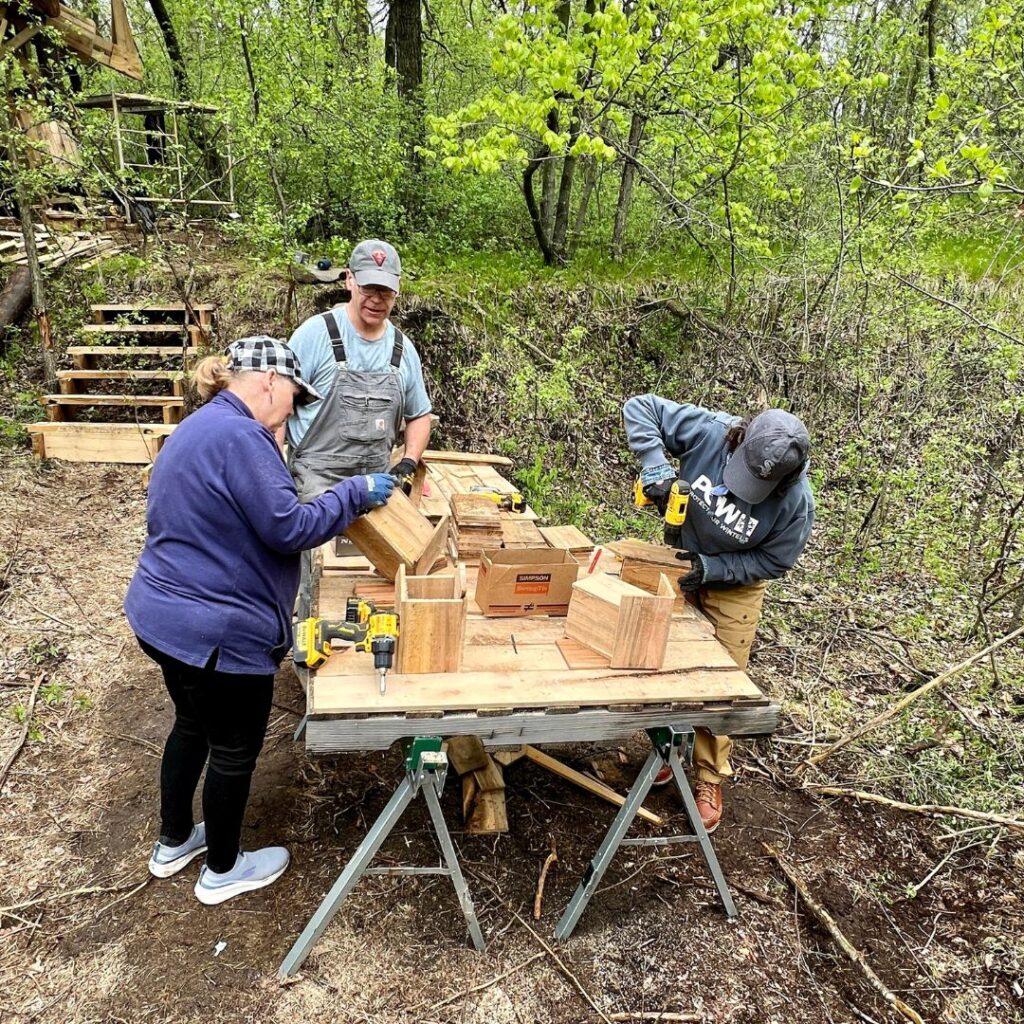
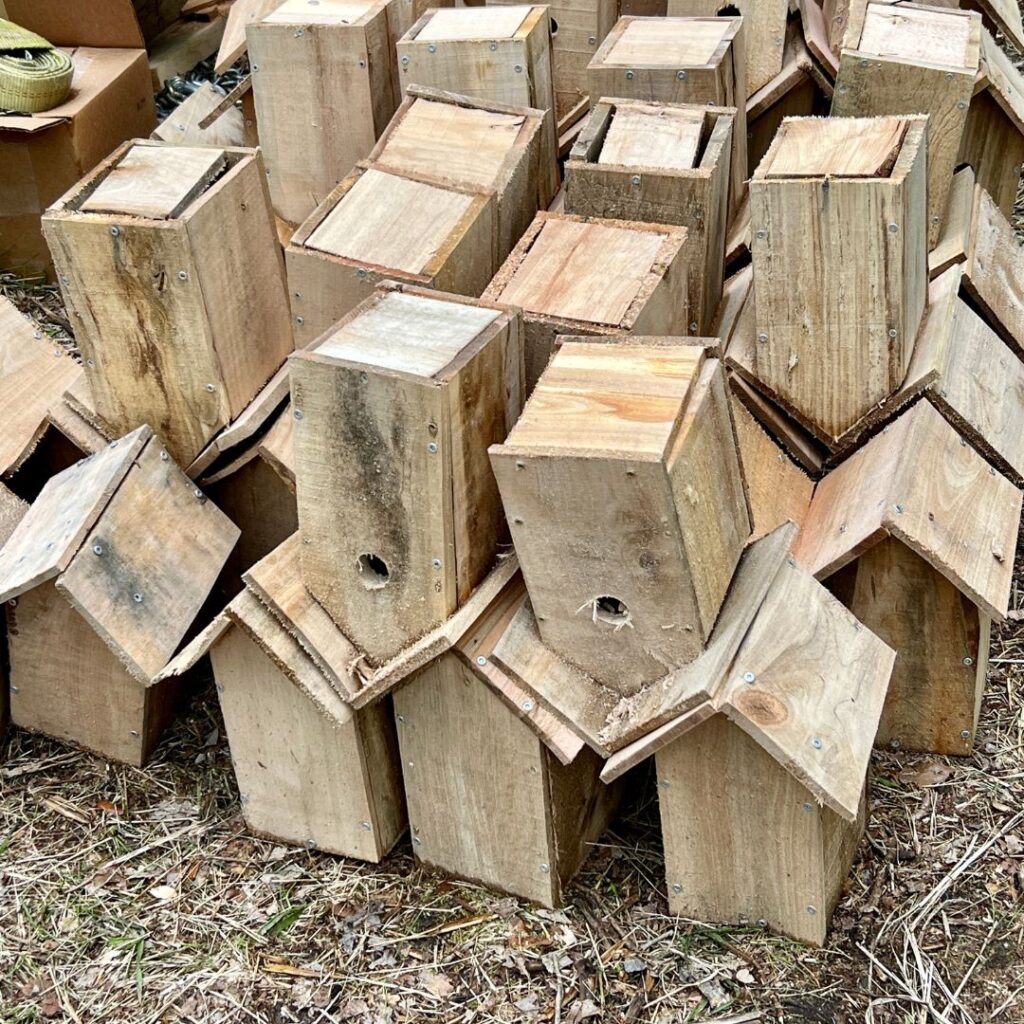


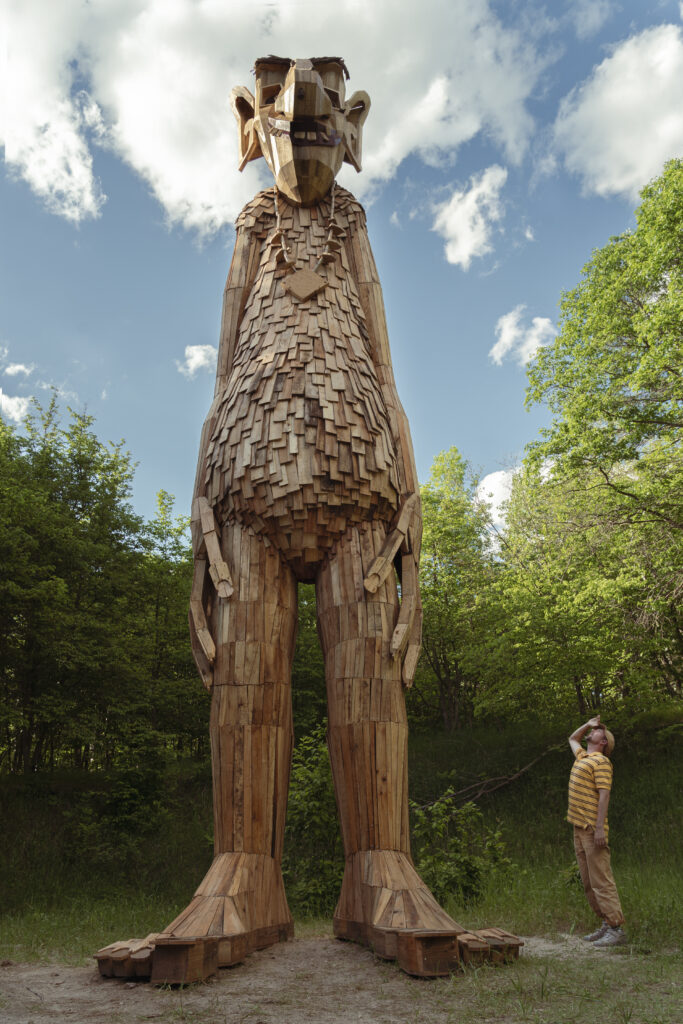
Media Matters
Don’t overlook the power of local media in rural areas. Whether it’s the small-town newspaper or a local radio station, these platforms are important avenues for people to get their local news. Developing and maintaining a mutually beneficial relationship with local journalists and media outlets is invaluable.
You need to get the word out about your project and the media needs new and relevant content. They will be more likely to help you promote your event if you organize your content and make it easy for them to help spread the message.
Traditional media is changing in rural communities. Due to a decline in the number of independent newspapers, rural areas are less likely to have local news coverage. When traditional media is not available, don’t discount the importance of social media content which can be driven by one of your locals.
Facebook groups can be a great way to reach people at a grassroots level. Look for local community pages on Facebook. Even a “swap and shop” type group could be a place to reach others to share your message or promote your event. If you have access to mailing lists, a good old-fashioned direct mail campaign is effective as well.
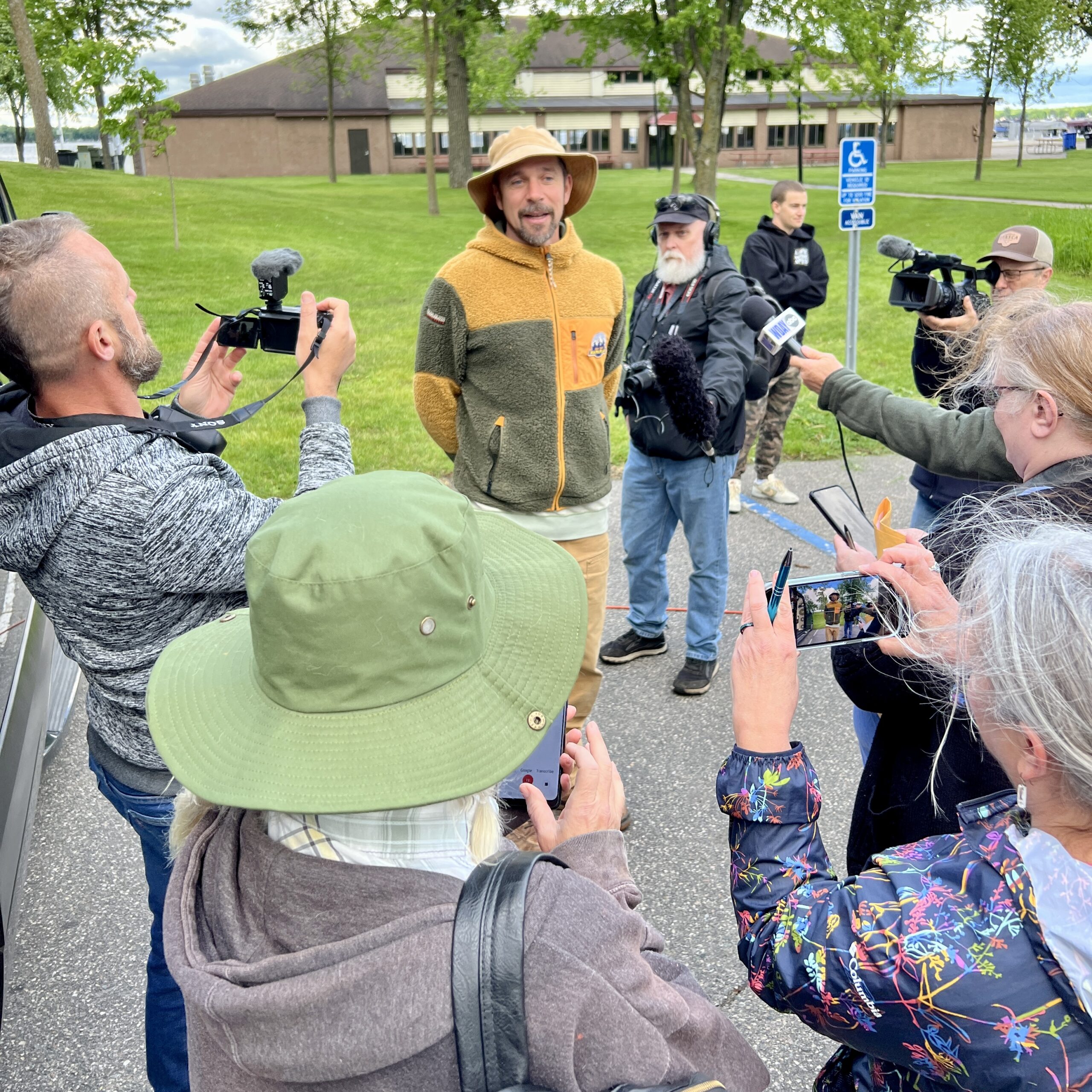
Our Example:
Knowing the importance of media in spreading our message and wanting to ensure coverage, we gave our local, regional, and state media outlets special access to the exhibition as it was being built with a unique twist.
Those who attended our on-site press event were driven through the woods on all-terrain vehicles to the then-secret sites where the trolls were being built. The media reps graciously gave up their phones and were blindfolded during the journey so they couldn’t disclose the locations. They were also given access to meet and interview the artist, Thomas Dambo.
Conclusion
As with marketing in a city, reaching a rural audience is an ongoing effort. Once you’ve established a foothold in a rural community, don’t stop there. Continue to build on it with ongoing conversations. It’s a long game, and trust deepens over time. The key is to stay consistent and present, even when you’re not actively promoting a message.
If you take the time to know your audience, build trust through local media, lean on your people, think big, and ask for help when needed, you’ll be in a strong position to succeed. And always keep building and creating new ideas and events, because the relationships you nurture today will help your marketing efforts and projects grow and thrive tomorrow.
